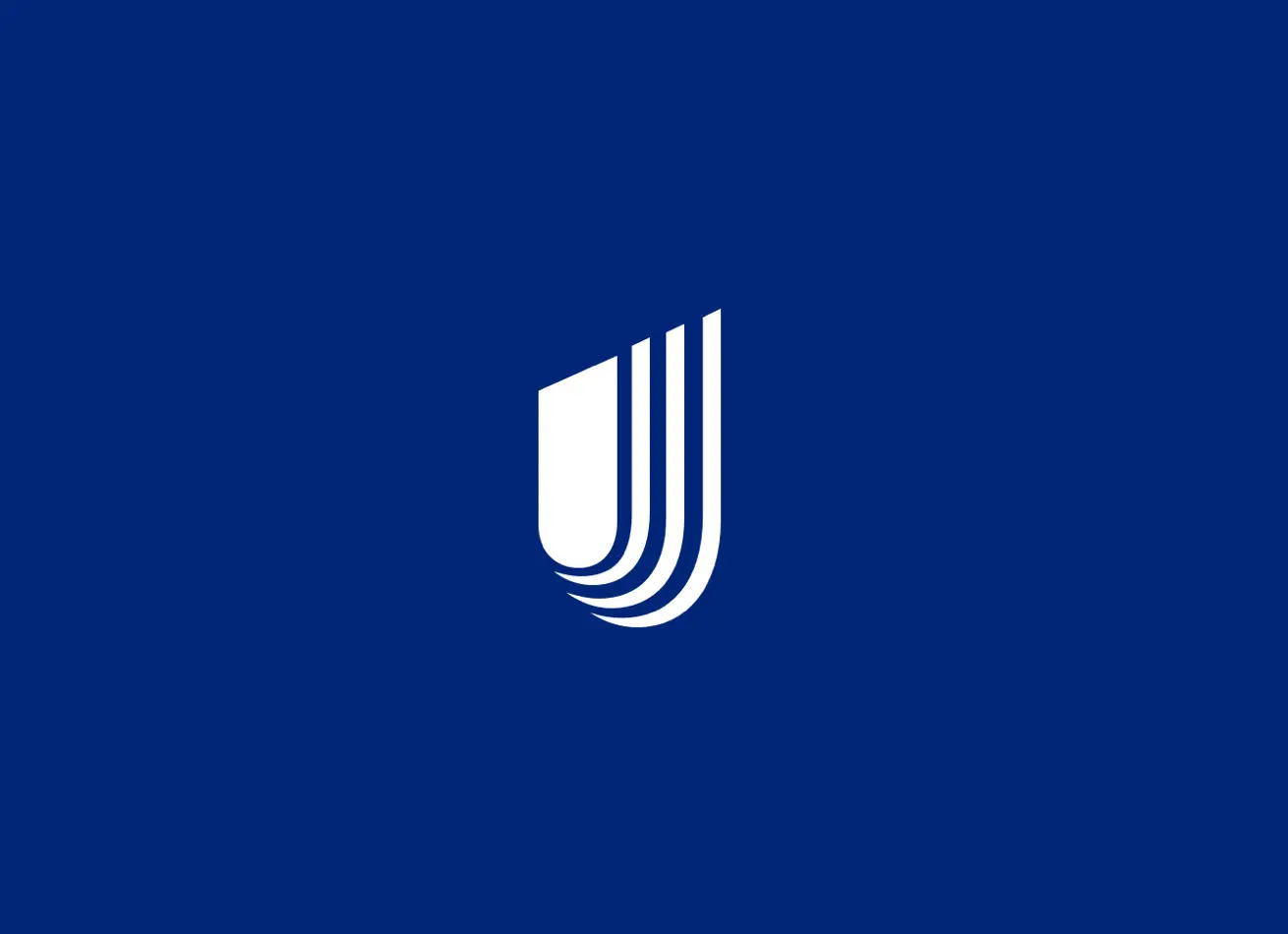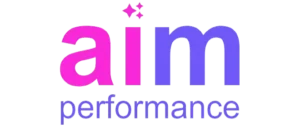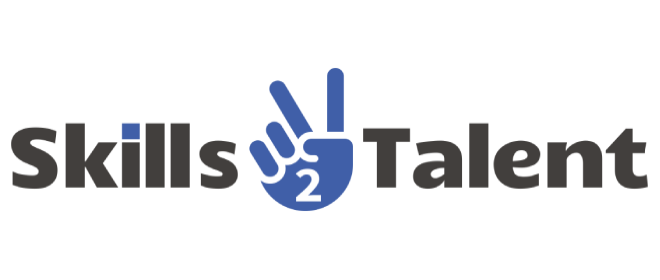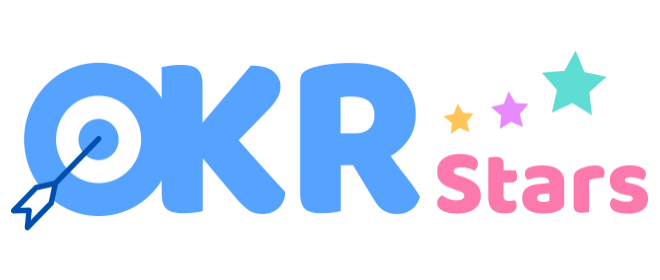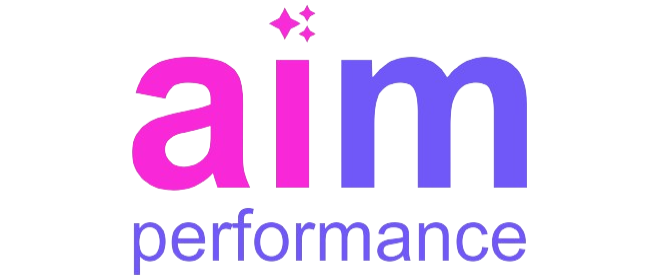Retaining top talent is a critical challenge for organizations across industries. Whether it’s white-collar professionals, grey-collar technical staff, or blue-collar workforce on the front lines, every employee plays a vital role in the success of a company. Performance management, when implemented effectively, can significantly enhance talent retention across these diverse workforce segments. In this blog post, we will explore how performance management can improve talent retention for white-collar, grey-collar, and blue-collar workforce. We will also discuss the importance of tailoring performance management strategies to suit the unique needs of each workforce category, ensuring a holistic approach that fosters loyalty, engagement, and long-term commitment.
Understanding the Role of Performance Management in Talent Retention
Performance management is more than just an annual review. It’s an ongoing process that aligns employee goals with organizational objectives, providing continuous feedback, recognition, and opportunities for development. When done right, performance management can create a work environment where employees feel valued and supported, which is crucial for talent retention.
For white-collar employees, who often seek career advancement and personal growth, performance management can provide a clear path for progression. By setting measurable goals and offering regular feedback, companies can keep their white-collar workforce engaged and motivated. Similarly, for grey-collar and blue-collar workforces, effective performance management can address their specific needs, such as skill development, job security, and recognition, contributing to higher retention rates.
Tailoring Performance Management for White-Collar Workforce
White-collar workforce, typically found in managerial, administrative, or professional roles, often seek roles that challenge them and offer opportunities for career growth. Performance management for this group should focus on setting ambitious yet achievable goals, offering professional development opportunities, and providing regular feedback.
Incorporating 360-degree feedback into the performance management process can be particularly effective for white-collar employees. This approach allows them to receive input from peers, subordinates, and supervisors, providing a well-rounded view of their performance. Additionally, offering career development programs, such as leadership training or mentorship, can help retain top talent by showing a clear investment in their future with the company.
Addressing the Unique Needs of Grey-Collar Workforce
Grey-collar workforce, who often occupy technical or supervisory roles, have distinct needs that must be addressed in the performance management process. These employees typically value stability, skill development, and recognition for their expertise. Performance management for grey-collar workforce should therefore focus on providing clear career paths, opportunities for skill enhancement, and recognition of their contributions.
By aligning performance goals with the technical expertise of the grey-collar workforce, companies can ensure that these employees feel their skills are being utilized and appreciated. Regular training and upskilling opportunities are also crucial, as they allow the grey-collar workforce to stay relevant in a rapidly changing job market. This not only boosts their confidence but also enhances their loyalty to the organization.
Empowering Blue-Collar Workforce Through Performance Management
Blue-collar workforce are often the backbone of an organization, performing essential tasks that keep the business running smoothly. However, they are sometimes overlooked when it comes to performance management. To retain blue-collar talent, it’s important to create a performance management system that recognizes their contributions and addresses their unique needs.
Performance management for blue-collar workforce should include clear expectations, regular feedback, and opportunities for advancement. Recognizing and rewarding their hard work can go a long way in boosting morale and loyalty. Additionally, offering training programs that allow blue-collar workforce to advance their skills and move up within the organization can significantly improve retention rates. When blue-collar workforce see a future with the company, they are more likely to stay.
The Importance of Continuous Feedback and Communication
One of the key aspects of effective performance management is continuous feedback. Regular check-ins between managers and employees ensure that issues are addressed promptly and that employees feel supported. This ongoing communication is vital for all workforce segments, as it helps to build trust and transparency.
For white-collar workforce, continuous feedback can help them stay on track with their career goals and adjust their performance as needed. For grey-collar and blue-collar workforce, regular communication can address any concerns they may have and ensure that they feel valued and heard. In all cases, continuous feedback contributes to a positive work environment, which is essential for talent retention.
Aligning Performance Management with Organizational Culture
Organizational culture plays a significant role in talent retention. A strong, positive culture that aligns with the values and goals of employees can greatly enhance retention rates. Performance management should be closely tied to organizational culture, ensuring that the process reinforces the company’s values and vision.
For example, if your organization values innovation, performance management should include metrics that encourage creative thinking and problem-solving. If safety is a top priority, performance management should emphasize adherence to safety protocols and recognize employees who contribute to a safe work environment. By aligning performance management with organizational culture, companies can create a sense of belonging and purpose among employees, leading to higher retention.
Recognizing and Rewarding High Performers
Recognition and rewards are powerful tools in performance management that can significantly impact talent retention. Employees who feel recognized and appreciated for their hard work are more likely to stay with the company. This is true for all workforce segments, whether they are in white-collar, grey-collar, or blue-collar roles.
For white-collar workforce, recognition might come in the form of promotions, bonuses, or opportunities to lead high-profile projects. Grey-collar workforce might value recognition through certifications, skill-based rewards, or leadership opportunities. Blue-collar workforce may appreciate tangible rewards such as pay raises, additional time off, or public acknowledgment of their contributions. Tailoring recognition and rewards to the preferences of each workforce segment can enhance their effectiveness and contribute to talent retention.
Leveraging Technology in Performance Management
In today’s digital age, technology plays a crucial role in performance management. Utilizing performance management software can streamline the process, making it more efficient and effective. For a multi-collar workforce, technology can help ensure that performance management is consistent, fair, and tailored to the needs of each group.
For instance, performance management platforms can offer customized dashboards that track individual goals and progress, making it easier for employees and managers to stay aligned. These platforms can also facilitate continuous feedback through automated reminders and communication tools. By leveraging technology, companies can create a more dynamic and responsive performance management system that supports talent retention.
Measuring the Impact of Performance Management on Talent Retention
Finally, it’s important to measure the impact of performance management on talent retention. By tracking key metrics, such as employee turnover rates, engagement levels, and satisfaction scores, companies can assess the effectiveness of their performance management strategies. This data-driven approach allows organizations to make informed decisions and continuously improve their performance management processes.
Regularly reviewing and analyzing these metrics can help identify areas for improvement and ensure that performance management efforts are aligned with the goal of retaining top talent. By making adjustments based on these insights, companies can create a performance management system that not only improves performance but also fosters long-term employee loyalty.
Conclusion: Enhancing Talent Retention Through Performance Management
In conclusion, performance management is a powerful tool that can significantly improve talent retention across all workforce segments—white-collar, grey-collar, and blue-collar. By tailoring performance management strategies to meet the unique needs of each group, organizations can foster a work environment where employees feel valued, supported, and motivated to stay long-term. Continuous feedback, recognition, and alignment with organizational culture are key components that contribute to the success of performance management.
Moreover, leveraging technology and regularly measuring the impact of these strategies ensure that performance management remains effective and relevant. As companies continue to evolve, adopting a retention-focused approach to performance management will be crucial in maintaining a stable and committed workforce. In the competitive landscape of today’s job market, investing in performance management is not just a strategy for success it’s a necessity for sustainability and growth.



